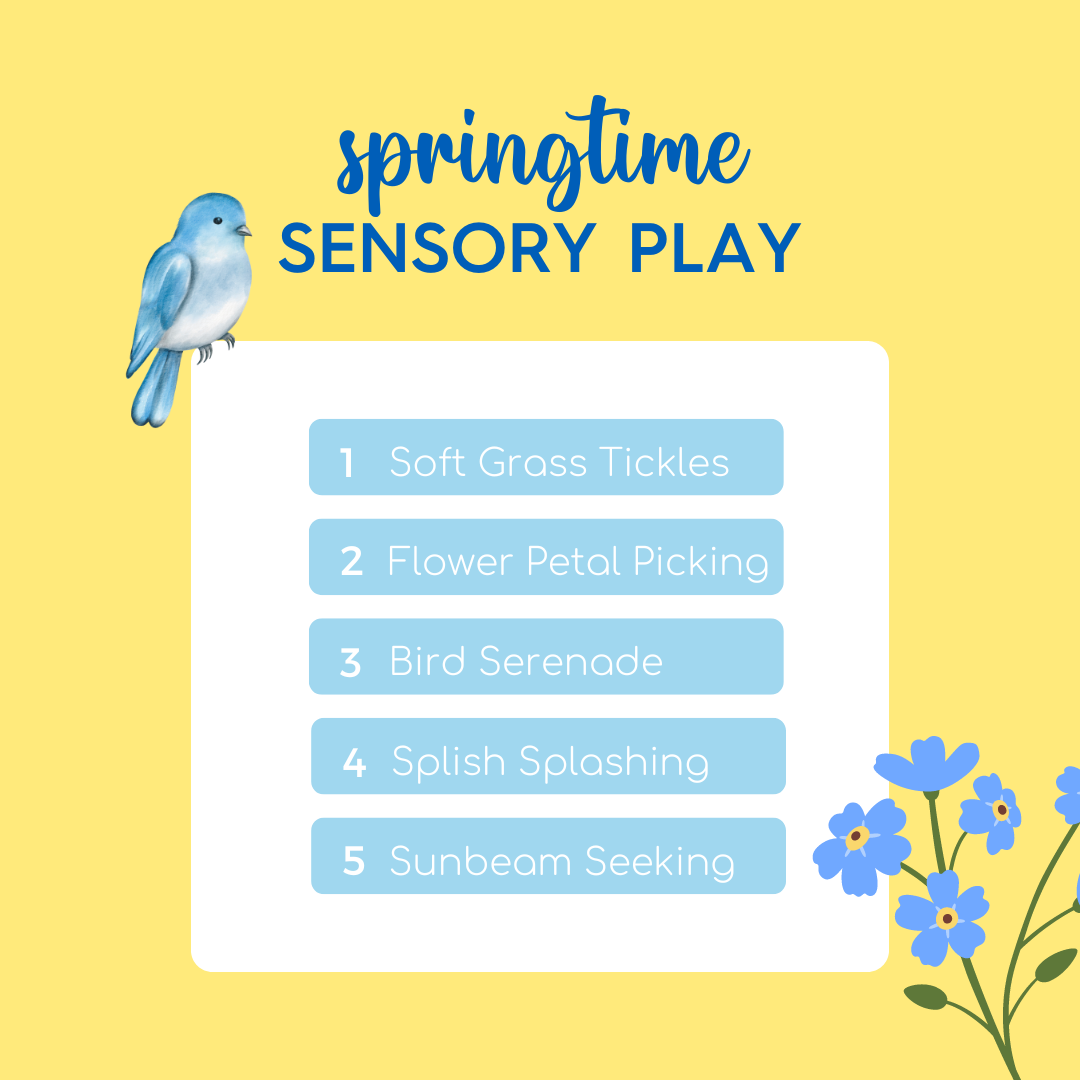Understanding Infant Reflux

As your new Little One adjusts to life outside the womb, many new parents experience the distress of infant reflux. Usually, digestive discomforts, including reflux, can start around 2 weeks of age; for some newborns, it may be even sooner, such as one week or even just a few days old.
It is estimated that more than half of all infants experience acid reflux- this is due to the fact that their digestive tract, specifically their lower esophageal sphincter (LES), is still weak or underdeveloped, and still working to function properly. This LES, is a muscular closure at the base of the esophagus that joins into the stomach, prevents stomach acid from entering back into the esophagus. As your infant’s gastrointestinal tract is working to achieve full functionality, during this phase their LES may not close fully, resulting in infant reflux (meaning their stomach acid flows back up into the esophagus, creating discomfort in your Little One).
Acid reflux in your infant can have some telltale signs: spitting up or vomiting, irritability or refusing to eat, or difficulty eating or swallowing. Sometimes, Little Ones are distressed during the night and have interrupted sleep due to their reflux, as a horizontal position can make it easier for stomach acid to flow back into their esophagus.
Over the past decade, Colic Calm has received thousands of testimonials from parents thanking us for helping with considerable spitting up and reflux. The eight homeopathies in Colic Calm were carefully selected to soothe the entire digestive tract…from end to end…and they do just that.
One of the great benefits of Colic Calm is that it works so quickly to relieve bouts of discomfort, so it only needs to be given when symptoms occur…no regular dosing required. For reflux, parents often tell us that they prefer to break out the doses to suit their particular baby. Many give a quarter to a half a dose (or even just a few drops) before feedings if they know that feedings usually result in discomfort. They may follow up with another mini-dose after the feeding if baby shows signs of needing extra support. As long as you do not exceed Colic Calm’s daily maximum, it is fine to break out into the doses that work best for your little one. A little trial and error to find the sweet spot may be necessary...but the initial extra effort can make a world of difference.
Colic Calm is unique in that instead of merely suppressing symptoms, our homeopathic medicines, following the principles of homeopathy in general, work on the source of the problem by gently stimulating a child’s self-healing abilities. This means that while providing symptomatic relief for your Little One’s reflux, Colic Calm also works to stimulate their digestive tract to achieve its full functionality.
In addition to using Colic Calm, there are other tips to help manage your infant’s reflux as well. Adjusting their feeding- sometimes, feeding your infant too much at once can cause reflux in your Little One, by putting too much pressure on the LES, causing spit up. Positioning of the feed is also something to consider- keeping your infant in an upright position while you’re feeding, and for 20-30 minutes after a feed can help reduce reflux, as this makes it more difficult for the stomach contents to flow back into the esophagus.
Infant reflux tends to taper away by 6 to 12 months- you can also discuss your infants’ unique case with your pediatrician or healthcare provider. Additional information about Colic Calm and reflux can be found here.
 Canada
Canada South Africa
South Africa UK
UK EU & Int
EU & Int Ireland
Ireland Australia
Australia Brazil
Brazil New Zealand
New Zealand













Comments